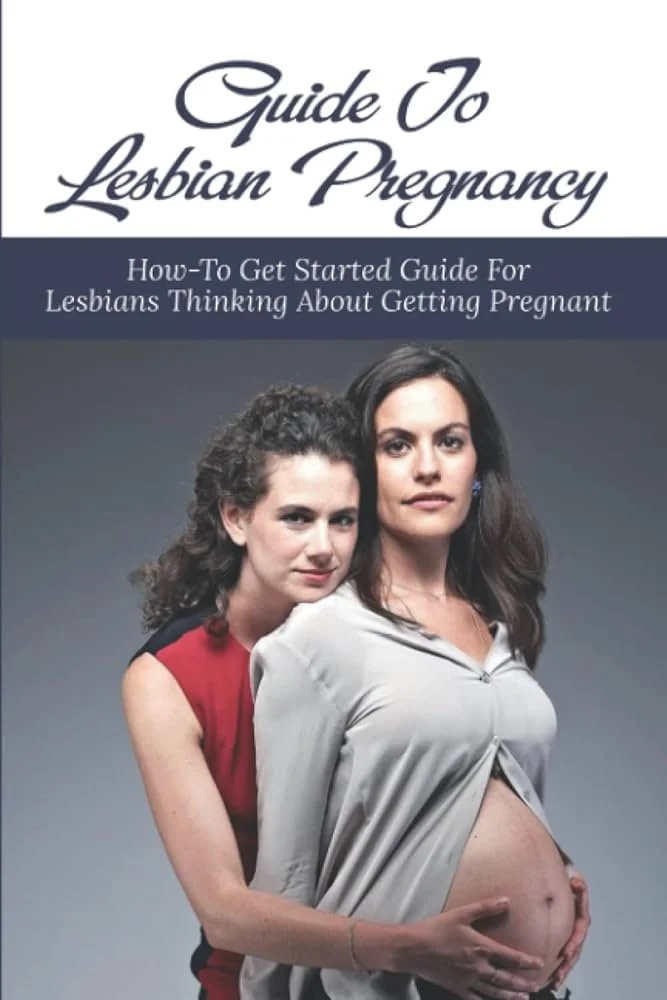When I first found out I was pregnant, I knew I was all for getting an epidural. The prospect of a pain-free childbirth? Count me in! However, when the big day arrived, I ended up delivering naturally at a small hospital where the sole anesthesiologist was occupied with a C-section. So, no epidural for me.
The next time around, I was determined to have one, though I couldn’t shake the fear of that needle and the idea of paralysis. I wasn’t alone in my anxiety. When the doctor came to administer the epidural, I told him I didn’t want to see the needle. He guided me through the process, providing just enough information to keep me calm without overwhelming me with details. The hardest part was trying to stay still during a contraction, which felt nearly impossible.
Once the epidural took effect, I felt like a new person. I even put on some makeup because I wanted to look good for the photos. I was relaxed and ready to welcome my baby, and I even dozed off while labor progressed. Compared to my first experience, this was a dream.
For many women, deciding to get an epidural is a significant choice and can be quite daunting. The thought of a large needle in a sensitive area is intimidating, and concerns about risks to themselves and their baby are common.
I fully respect natural births and commend those who choose that path—I’ve been there, and it wasn’t easy. But it’s important to know that it’s completely valid to adjust your birth plan. The risks associated with epidurals are often not as alarming as they seem. Here are some prevalent myths surrounding epidurals that need clarifying.
Myth 1: Choosing an Epidural Indicates Weakness.
Pain tolerance varies significantly from person to person, and each childbirth experience is unique. My second labor was far more manageable than my first. Opting for an epidural doesn’t mean you lack strength; it means you’re self-aware and prioritizing your well-being. Regardless of how you give birth, you are incredibly strong.
Myth 2: Epidurals Can Cause Paralysis.
A major study published in the British Journal of Anesthesia found that the risk of permanent harm from an epidural is less than 1 in 20,000 in most cases. Paralysis is exceedingly rare, and minor movements during the procedure won’t result in harm.
Myth 3: You Won’t Be Able to Push Properly.
In both of my epidural experiences, my babies were born within minutes of pushing. While your legs may feel heavy, you typically retain some sensation, allowing for effective pushing. In fact, I surprised my doctor with how quickly my last baby arrived after just one strong push.
Myth 4: The Baby Will Suffer Harm.
Research on the impact of epidurals on babies is inconclusive. It’s essential to do your own research and discuss your concerns with your physician. You may discover your baby’s risks are not as significant as you believed.
Myth 5: There’s a Limited Timeframe to Get an Epidural.
Multiple types of epidurals exist, so don’t lose hope if you’re further along in labor. You can usually get an epidural at any point, but it may take some time to take effect, so discussing your options with your doctor ahead of labor is wise.
Ultimately, I’m not here to persuade you one way or the other regarding epidurals. Women should feel empowered in their choices, and having accurate information is crucial. For more information, check out our blog post on getting in touch here. It’s perfectly normal to feel apprehensive about childbirth, and it’s absolutely fine to opt for relief if that’s what you choose.
If you’re interested in further reading about pregnancy and home insemination, visit this excellent resource on In Vitro Fertilisation for more insights. Additionally, for those exploring self-insemination, Make a Mom offers valuable information on their at-home insemination kit.
Summary:
This article dispels common myths surrounding epidurals during childbirth, emphasizing that opting for an epidural does not signify weakness but rather a personal choice based on pain tolerance and comfort. It addresses misconceptions about risks, effectiveness, and timing of epidurals while encouraging women to be informed and empowered in their birth decisions.
